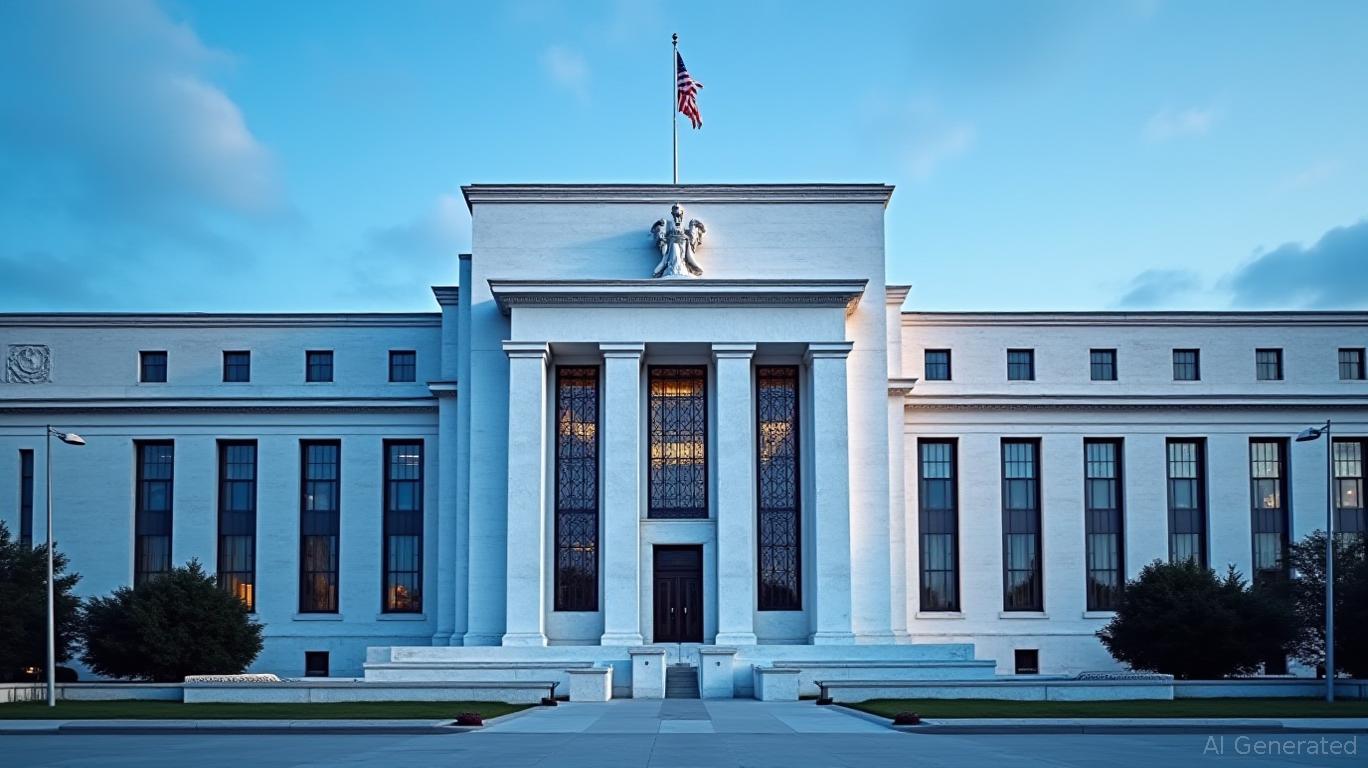Morgan Stanley’s March Rate Cut Forecast: Contrarian Take in the Face of Strong Jobs Data
Morgan Stanley has taken a contrarian stance by maintaining its expectation of a Federal Reserve rate cut in March 2025, despite the unexpectedly strong December jobs report.
The report, which revealed a 256,000 increase in nonfarm payrolls—far exceeding the consensus estimate of 160,000—has raised doubts about the likelihood of immediate monetary easing. With the Federal Open Market Committee meeting scheduled for March 18-19, Morgan Stanley’s outlook underscores a broader debate about the interplay between labor market strength, inflation trends, and monetary policy.
Labor Market Resilience and Its Implications
The December payroll report surprised analysts with its robust headline number, which was well above the highest expectations of 200,000. The labor market’s strength reflects ongoing economic resilience, with the unemployment rate dipping to 4.1 percent. Such data typically reinforces expectations of a hawkish Fed, as a tight labor market can lead to wage pressures and inflationary risks.
However, Morgan Stanley remains focused on the broader inflationary picture. The firm argues that despite strong employment gains, its favorable inflation outlook supports the case for a rate cut. This perspective hinges on the belief that inflationary pressures will continue to moderate, allowing the Federal Reserve to shift its focus from inflation control to supporting economic growth.
Divergence in Market Expectations
Morgan Stanley’s projection stands in contrast to the broader market consensus, which has shifted away from expecting imminent rate cuts. Following the jobs report, Treasury yields surged, and the probability of a March rate cut diminished. The market is now pricing in fewer total rate cuts for 2025, reflecting skepticism about the Fed’s willingness to ease monetary policy amid robust economic indicators.
The divergence in expectations highlights the complexity of the current economic environment. While strong labor market data typically supports a more hawkish stance, declining inflation trends and the Fed’s dual mandate could create room for policy easing.
Inflation Trends: A Key Variable
Morgan Stanley’s rate cut expectation is rooted in its optimistic view of inflation dynamics. Recent data has shown signs of moderation in core inflation, with price pressures easing across several key categories. The firm believes that this trend will persist, driven by factors such as improved supply chain conditions, declining commodity prices, and the disinflationary impact of technological advancements.
If inflation continues to cool, it could justify a shift in the Fed’s policy stance, particularly if the central bank prioritizes sustaining economic growth over maintaining restrictive monetary conditions. However, this assumption hinges on the absence of significant upside inflationary surprises in the coming months.
Potential Risks to the March Rate Cut Scenario
While Morgan Stanley’s outlook is grounded in its inflation expectations, several risks could undermine the case for a March rate cut:
1. Sticky Wage Growth: The strong payroll data suggests that wage growth could remain elevated, creating persistent inflationary pressures that complicate the Fed’s decision-making process.
2. Market Reactions: The recent surge in Treasury yields reflects market skepticism about immediate rate cuts. If financial conditions tighten further, the Fed may opt for a more cautious approach.
3. Geopolitical and Economic Uncertainty: External shocks, such as geopolitical tensions or unexpected disruptions in global markets, could influence the Fed’s policy trajectory and delay any planned easing.
Balancing Dual Mandates: Growth vs. Inflation
The Federal Reserve’s dual mandate of price stability and maximum employment places it at a crossroads. While the labor market’s strength supports the latter, the Fed must weigh its efforts to curb inflation against the potential costs of maintaining restrictive monetary policy.
Morgan Stanley’s forecast reflects a belief that the Fed will pivot toward growth-supportive policies as inflation moderates. This approach aligns with the broader goal of ensuring a sustainable economic expansion, particularly as the global economy navigates headwinds from geopolitical uncertainties and financial market volatility.
Investment Implications
The debate over the Fed’s next moves has significant implications for investors:
- Fixed Income: Expectations of a March rate cut could support a rally in longer-duration bonds, as yields decline in anticipation of easing monetary conditions.
- Equities: Lower rates would likely benefit growth-oriented sectors, such as technology, which are sensitive to changes in borrowing costs and discount rates.
- Currencies: A dovish Fed could weaken the dollar, boosting the competitiveness of U.S. exports and supporting emerging market currencies.
- Commodities: Easing monetary policy may provide upward momentum for commodities, particularly gold, as investors seek hedges against potential market volatility.
Conclusion
Morgan Stanley’s expectation of a March Federal Reserve rate cut presents a bold, contrarian perspective in the face of strong labor market data. While the robust December jobs report has dampened market expectations for near-term easing, Morgan Stanley’s focus on inflation trends highlights the ongoing tension between economic growth and price stability.
As the Federal Reserve approaches its March meeting, its decisions will be shaped by a complex interplay of labor market dynamics, inflationary pressures, and external risks. Investors should remain vigilant, as shifts in monetary policy expectations could create both challenges and opportunities across financial markets.
The path forward is uncertain, but understanding the factors influencing Fed policy will be critical in navigating the evolving economic landscape.


_442a2dcc1749832873286.jpeg)
_e68fac6d1749831664430.jpeg)






In 2025, Catherine approach to Bitcoin trading reflects a blend of caution and strategic innovation. Understanding the volatility of the cryptocurrency market, she focuses on long-term trends rather than short-term speculation. Her strategy combines thorough research, risk management, and a diversified portfolio. Catherine keeps a close eye on regulatory developments, as she knows that changes in policy can significantly impact Bitcoin's value. Additionally, she is leveraging advanced trading tools, such as automated bots and AI-driven insights, to make more informed decisions. She also focuses on maintaining a healthy balance between holding Bitcoin for the long term and executing timely trades to capitalize on short-term market movements. Her strategy reflects a careful, calculated approach, always adjusting to the evolving market conditions while keeping a strong focus on sustainability and risk mitigation.⚡Contact her on FACBOOk Catherine E. Russell⚡.. for expert guide...